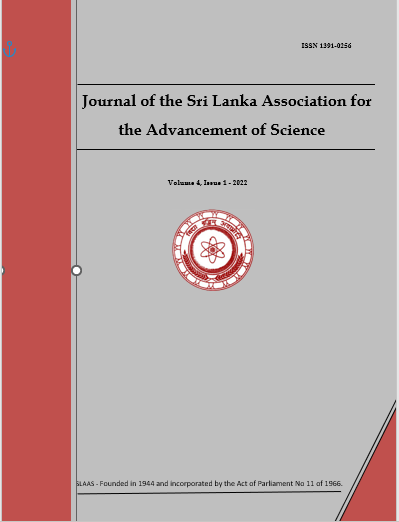An evaluation of paddy production policies in Sri Lanka: 1998 to 2018
DOI:
https://doi.org/10.5281/zenodo.7499363Keywords:
Paddy, Policies, PSE, MPSAbstract
Sri Lanka introduced several policies related to paddy production since independence to make the country self-sufficient in rice at a cost to the economy. Hence, the main objective of the research study is to evaluate the impact of government policies on paddy production in Sri Lanka from 1988 to 2018. The specific objectives are to identify policies implemented from year 1998 to 2018, to assess the effectiveness and impacts of agricultural policies on paddy production. The study collected secondary data from all paddy-growing areas in Sri Lanka. The effectiveness of policies was estimated using indices such as via producer support estimates (PSE) and market price support estimates (MPS). Irrigation, paddy farming, and diversification, land, fertilizer subsidy, climate change adaptation, policy on research and development, paddy marketing, and trade policies are the broad categories of policies introduced. PSE and MPS are negative, which indicates that the government policy instruments prevailing in Sri Lanka induce a lower farm gate and domestic market price, thereby discouraging commodity production. Further, according to the regression analysis, improved access to information has a positive effect on yield and climate variables; especially rainfall has a significant effect on paddy yield, which highlighted the need for more climate resilience policies, markets that are better developed and improved access to information.

